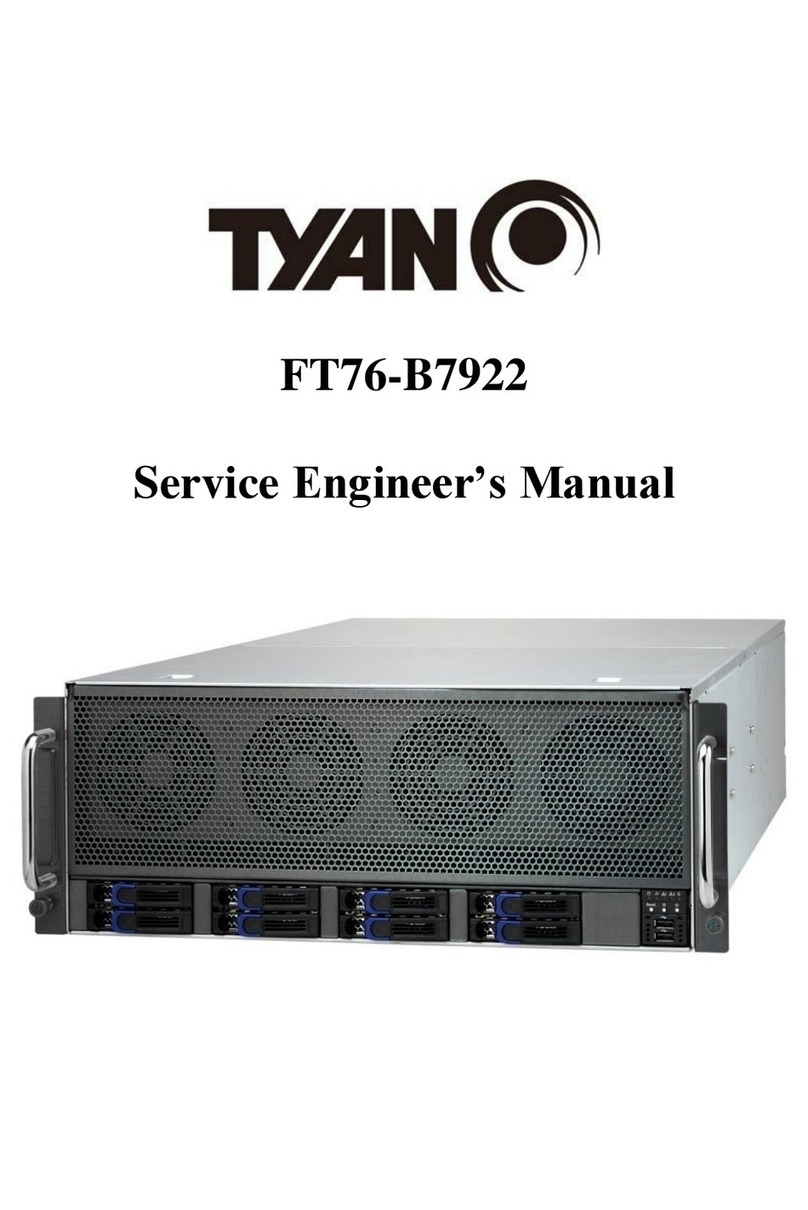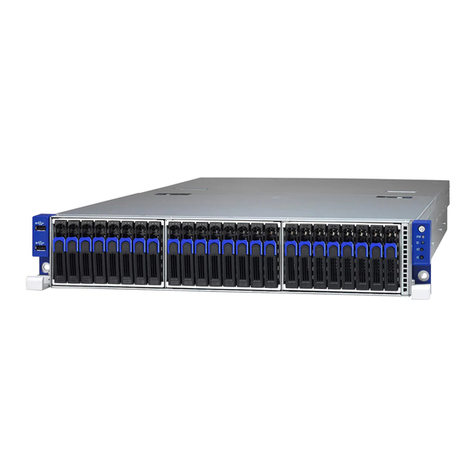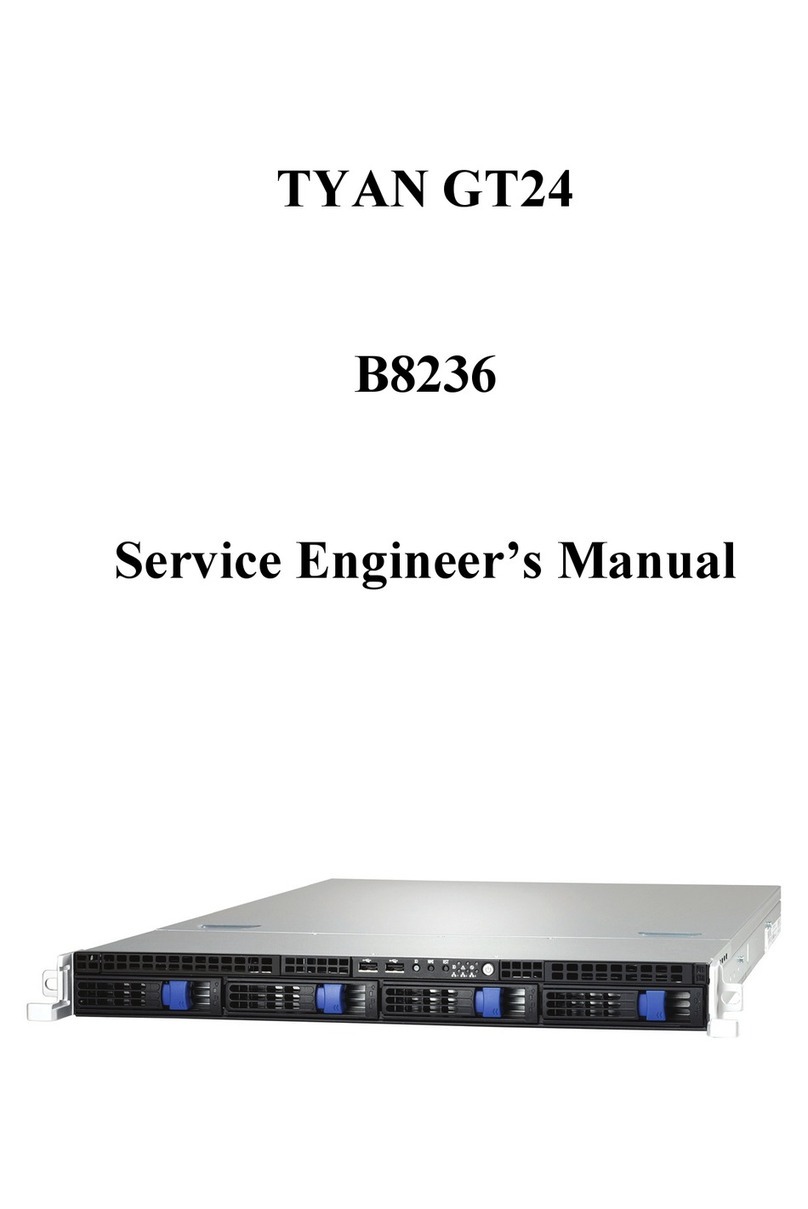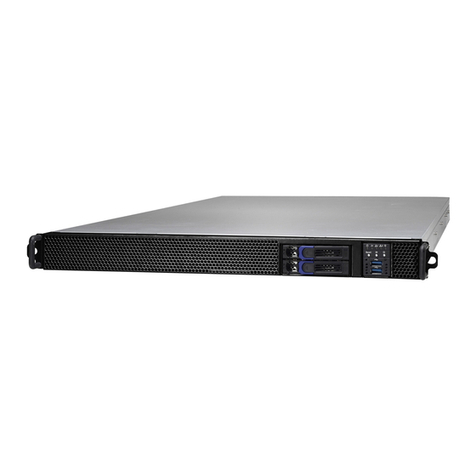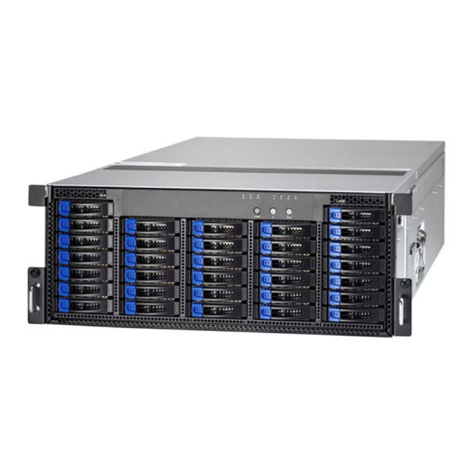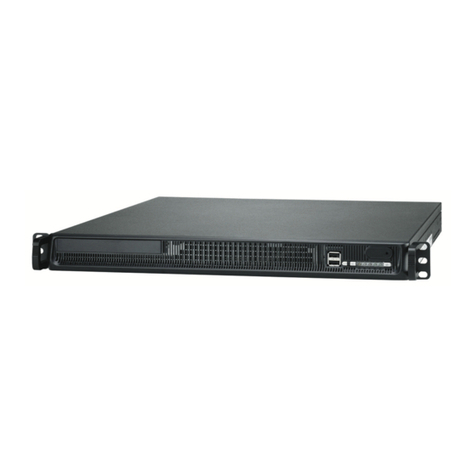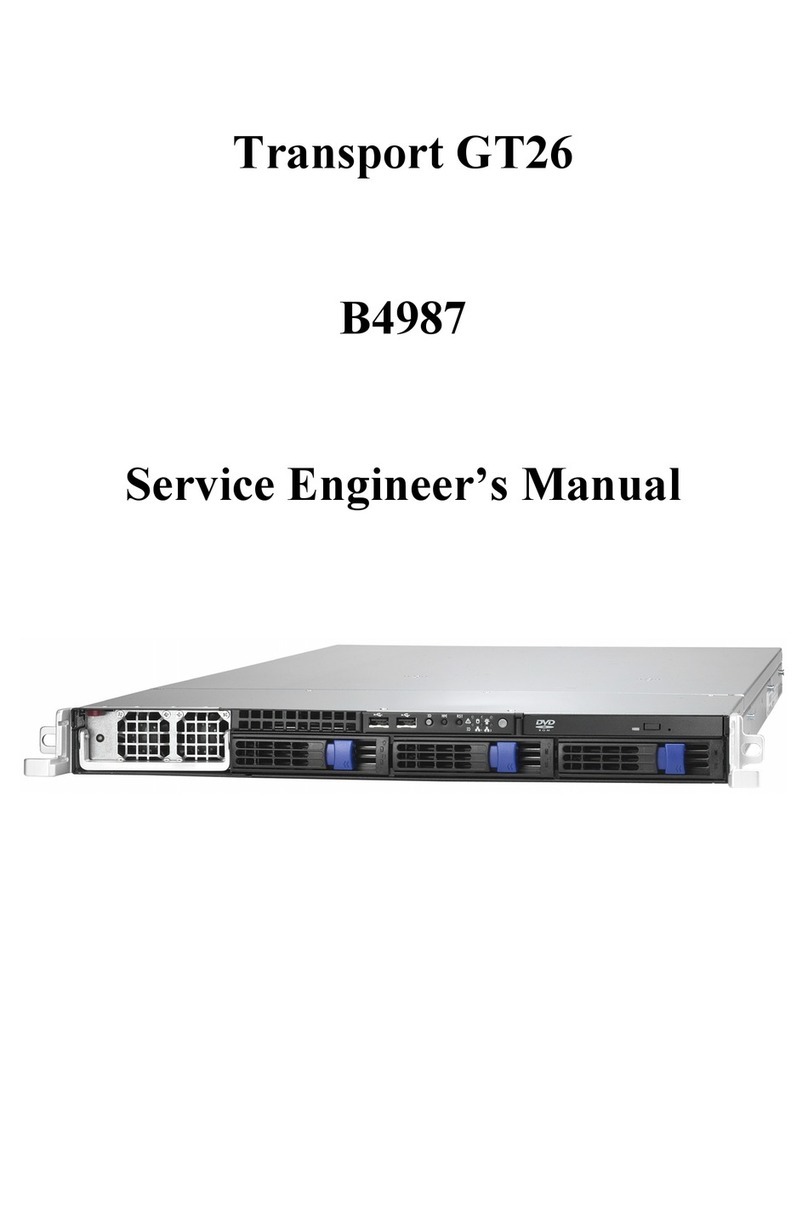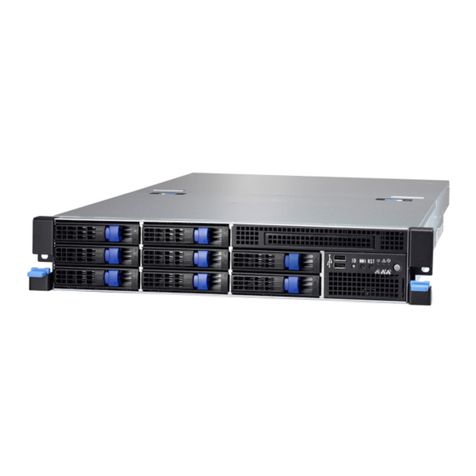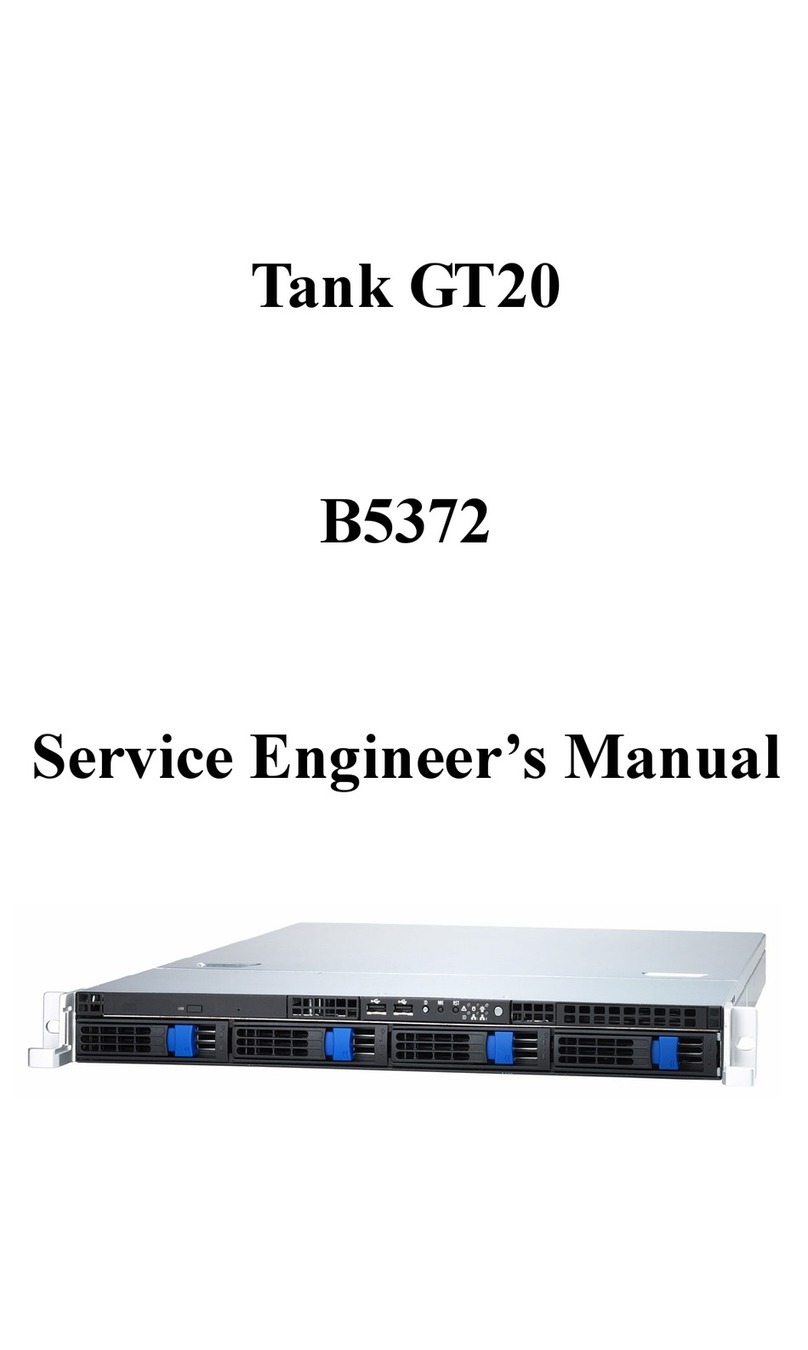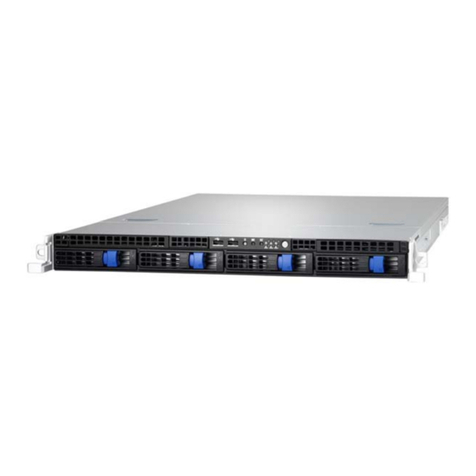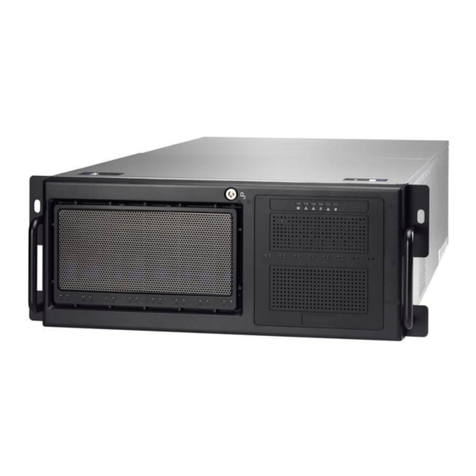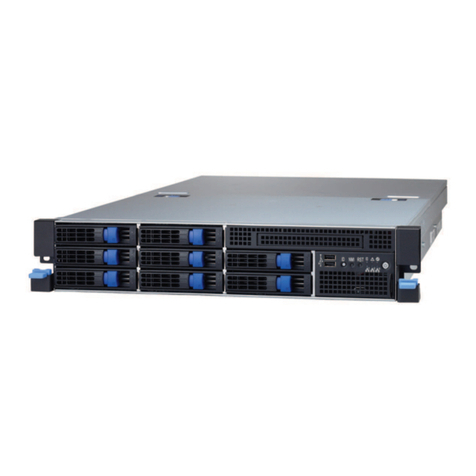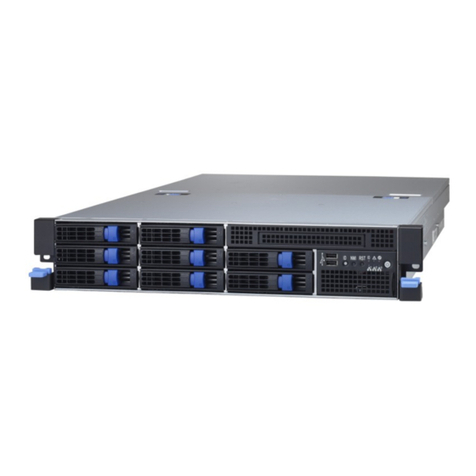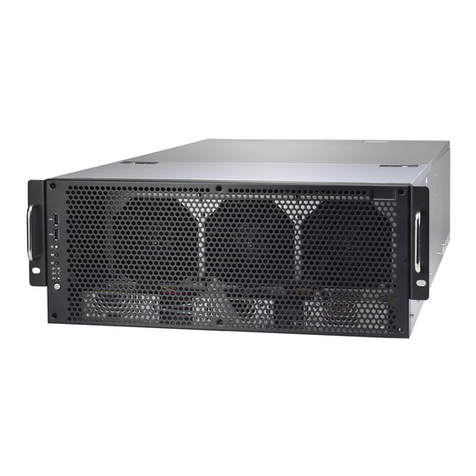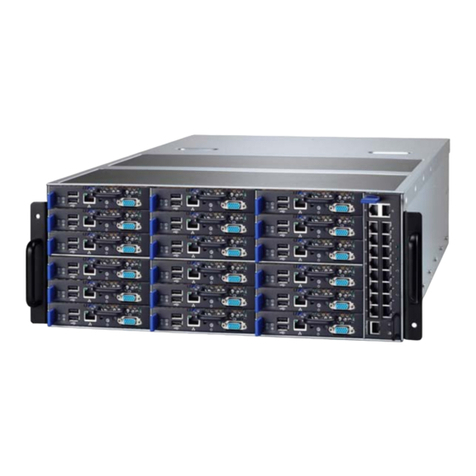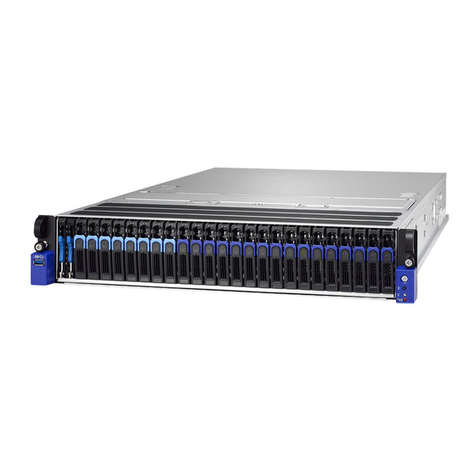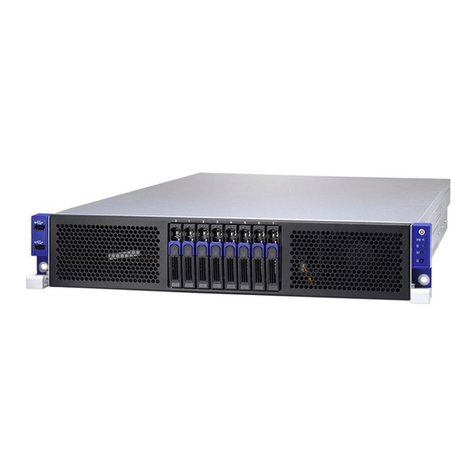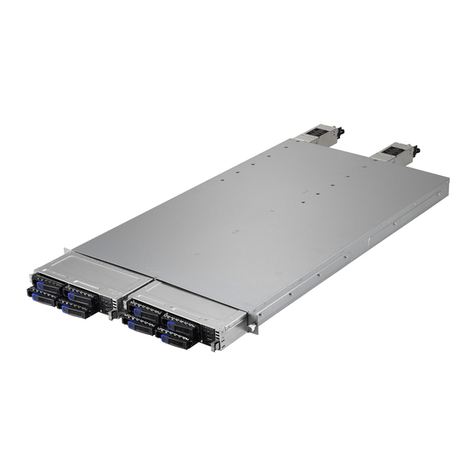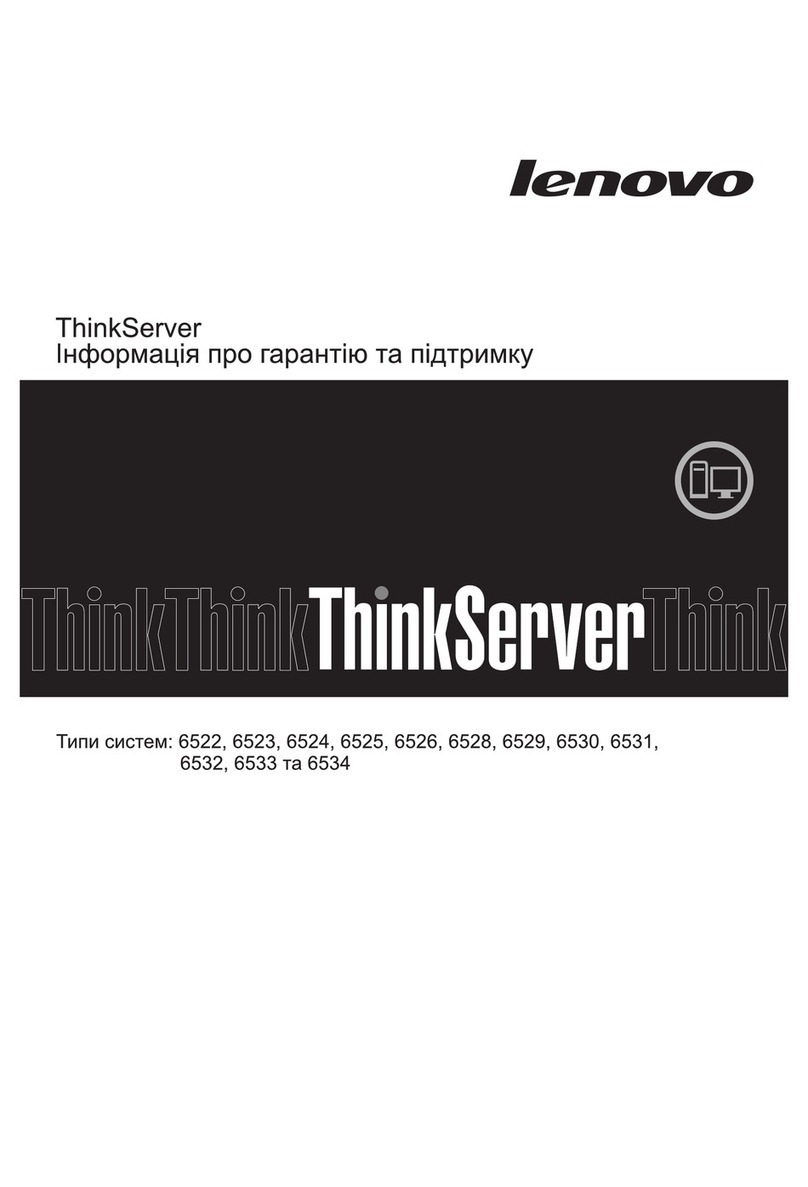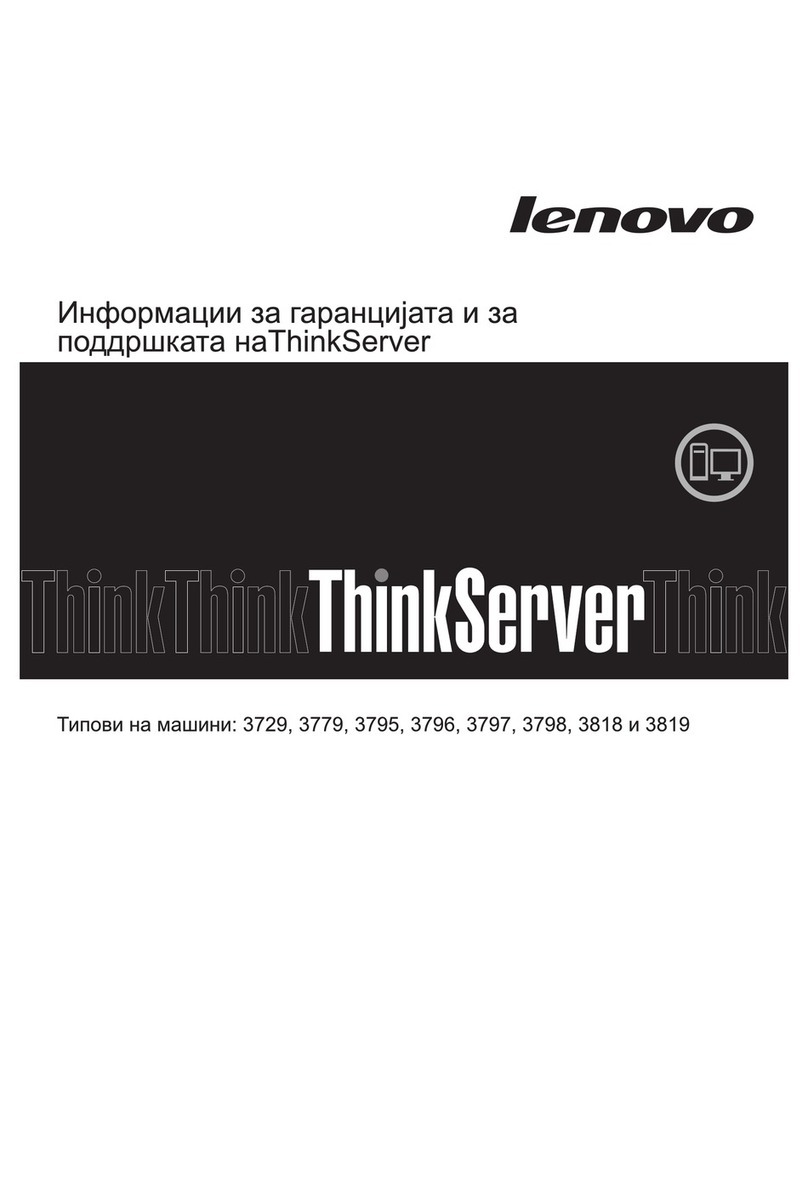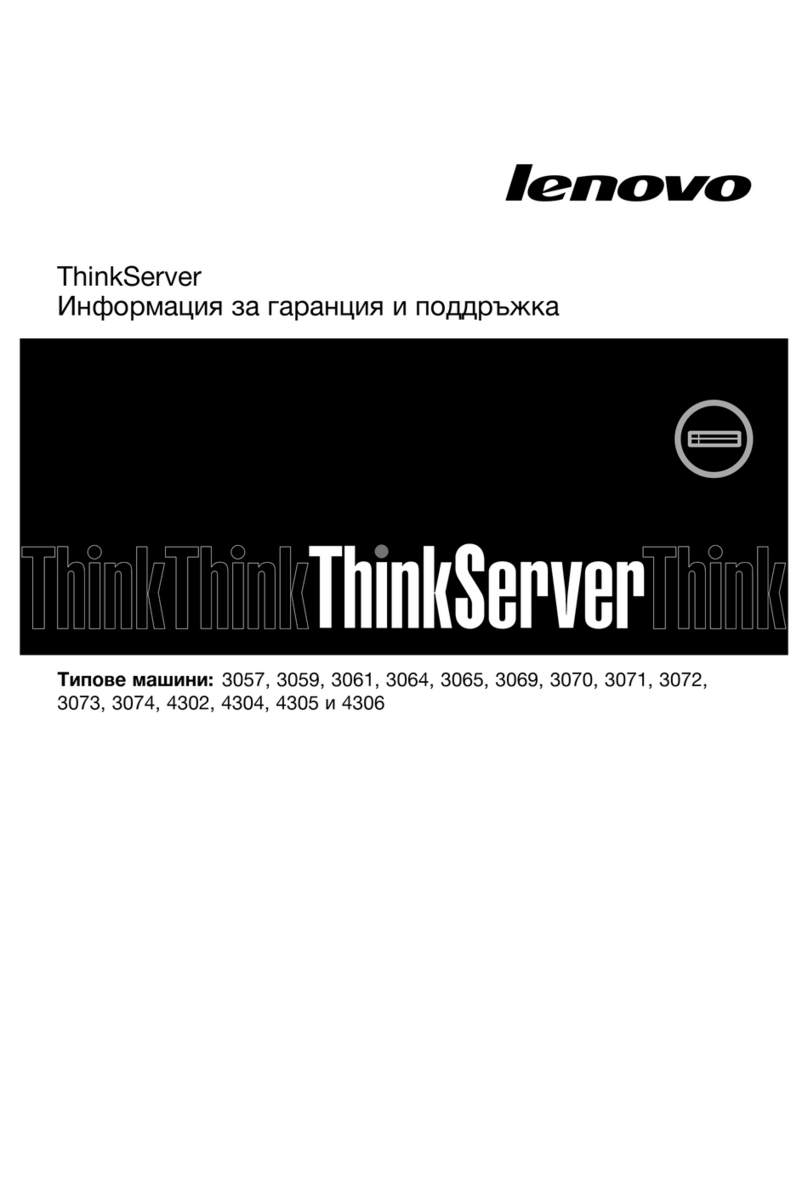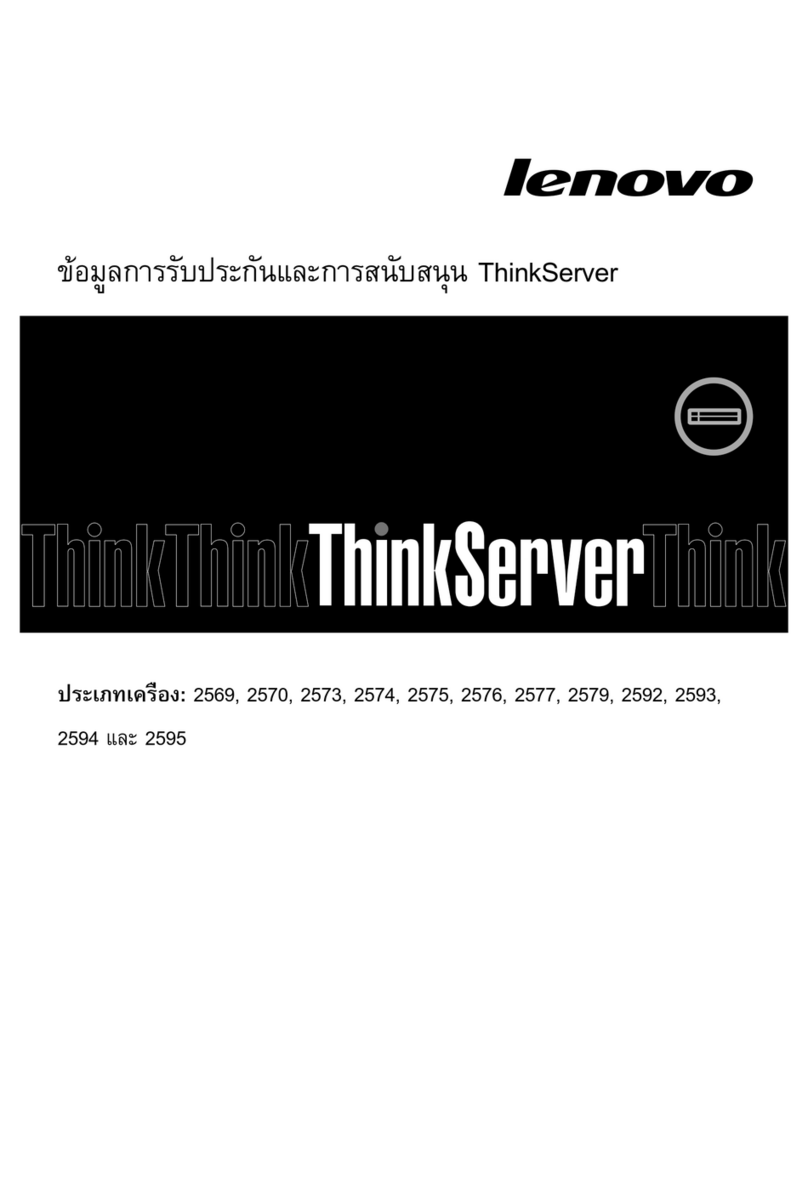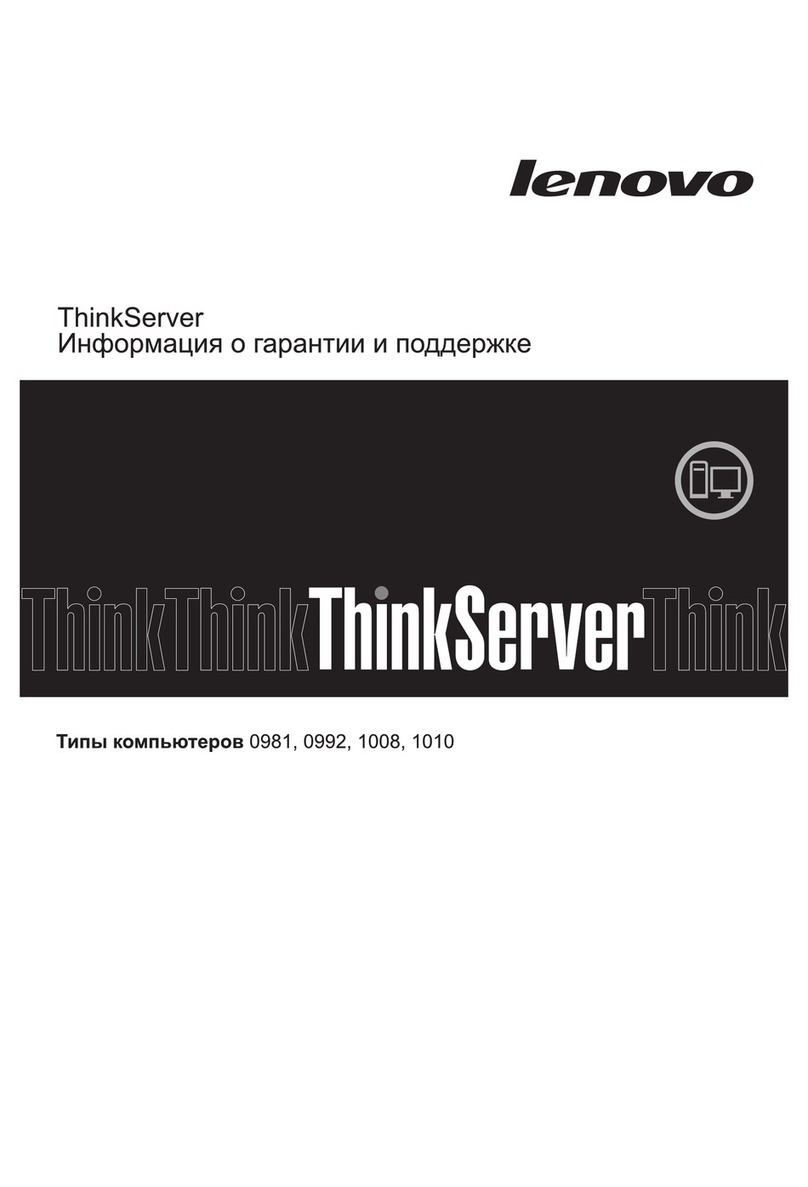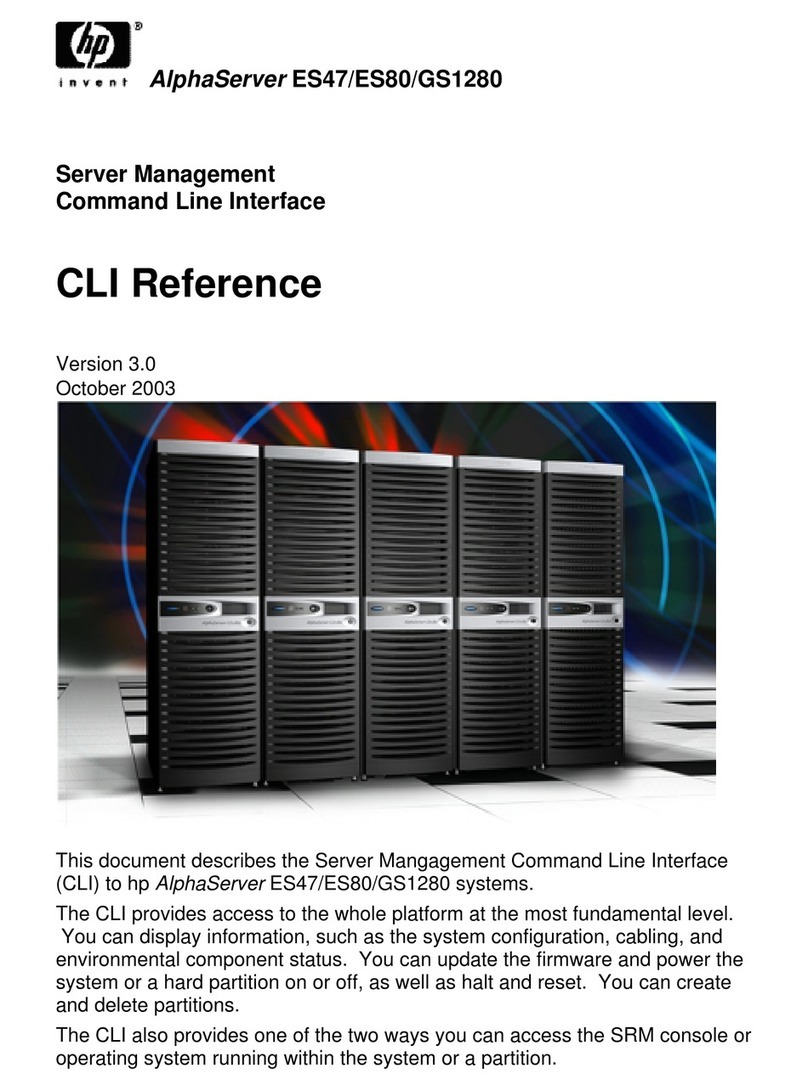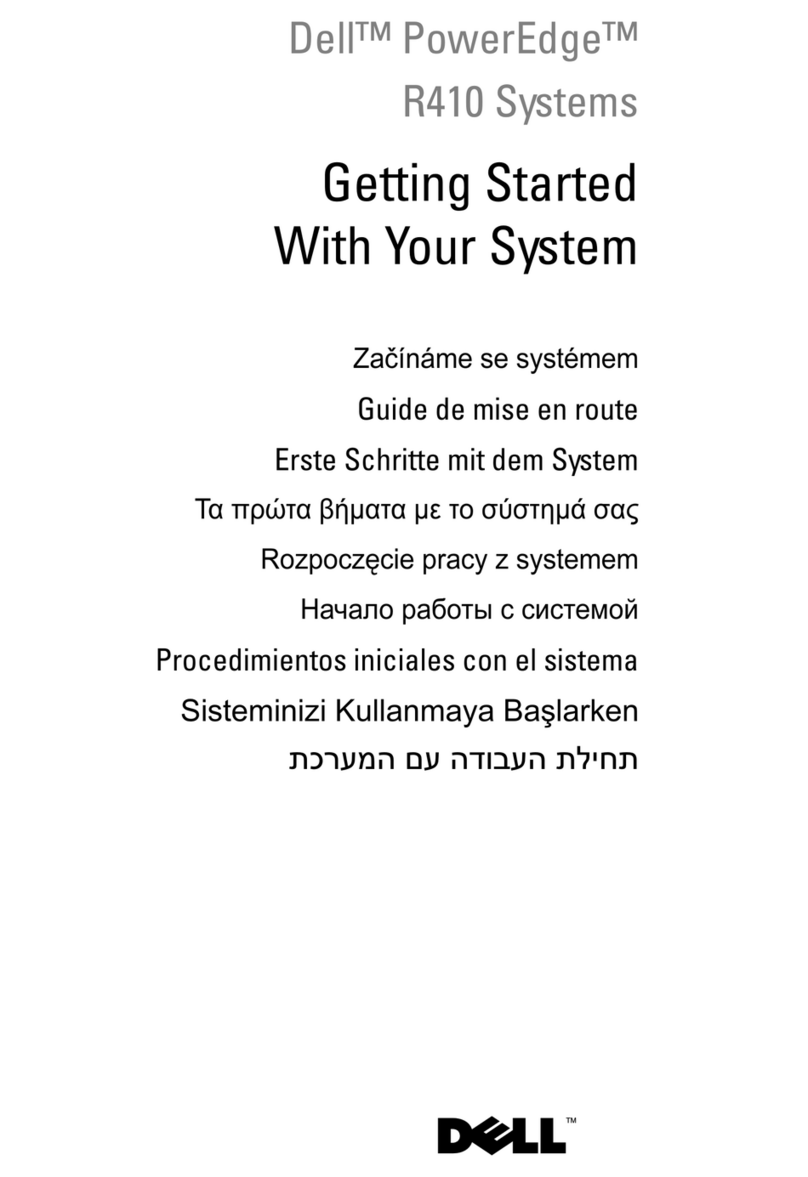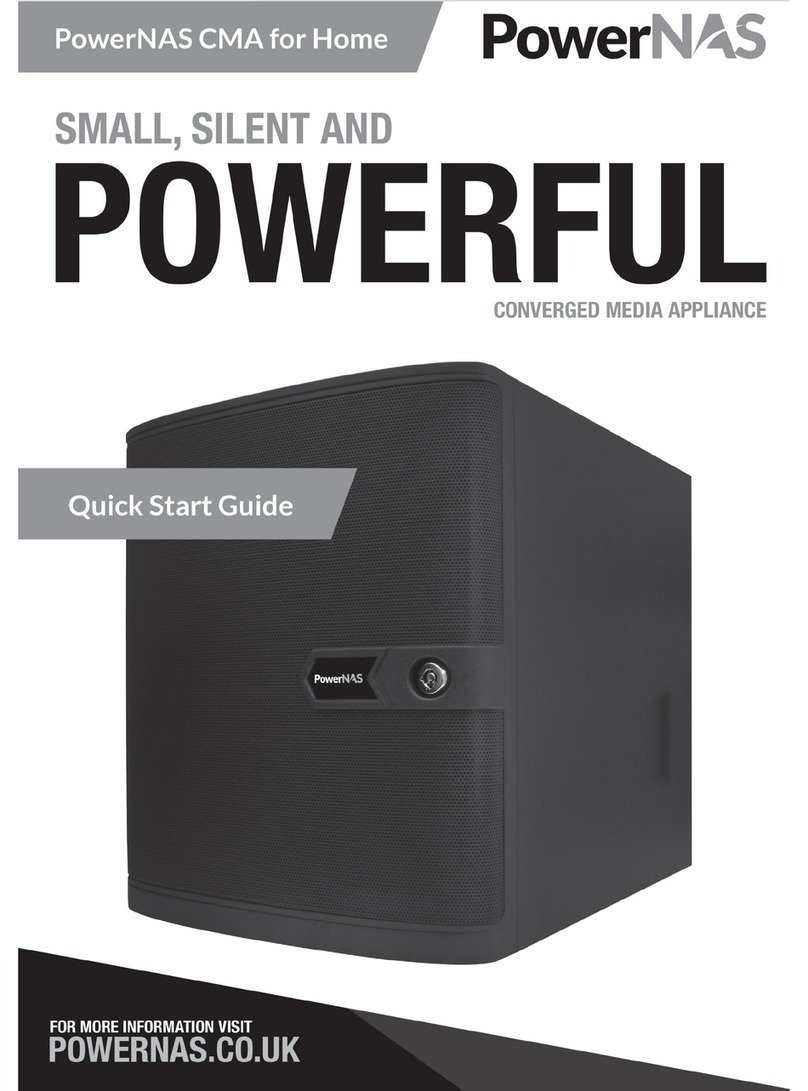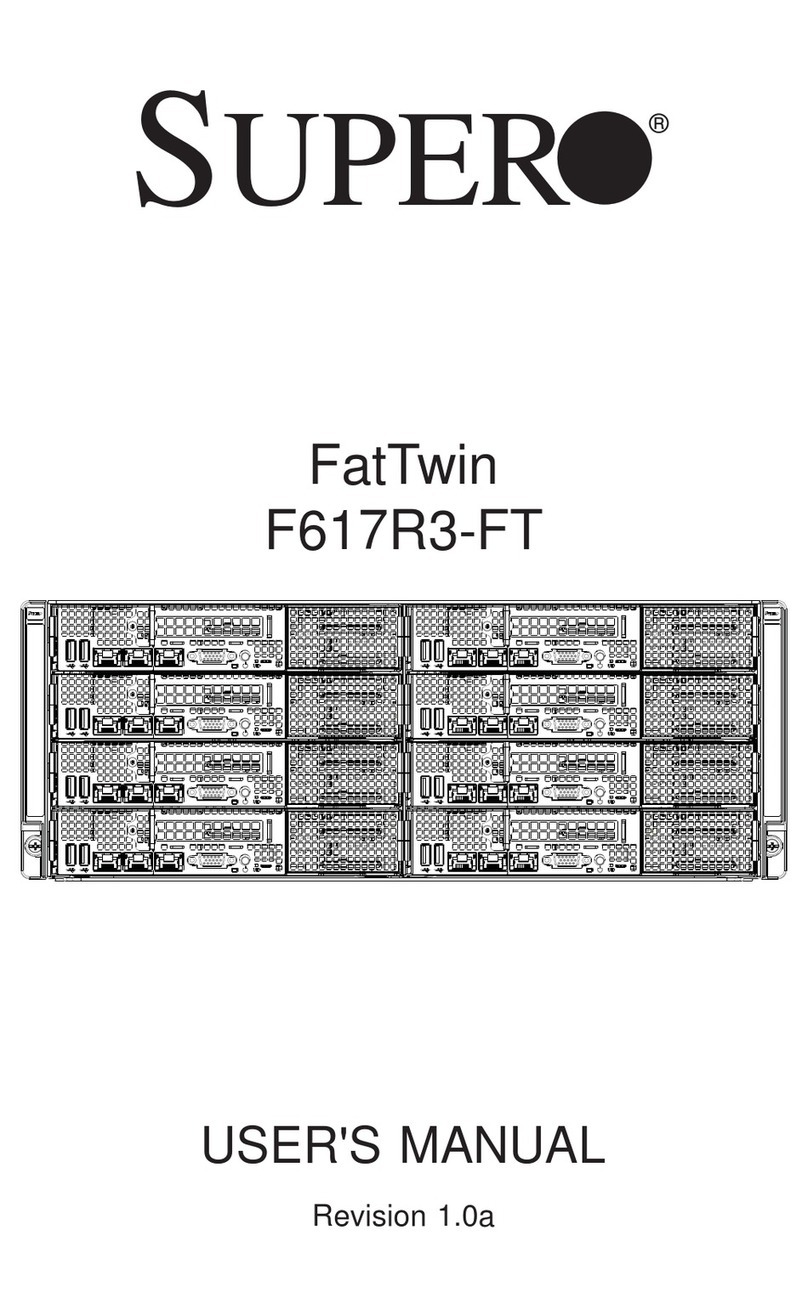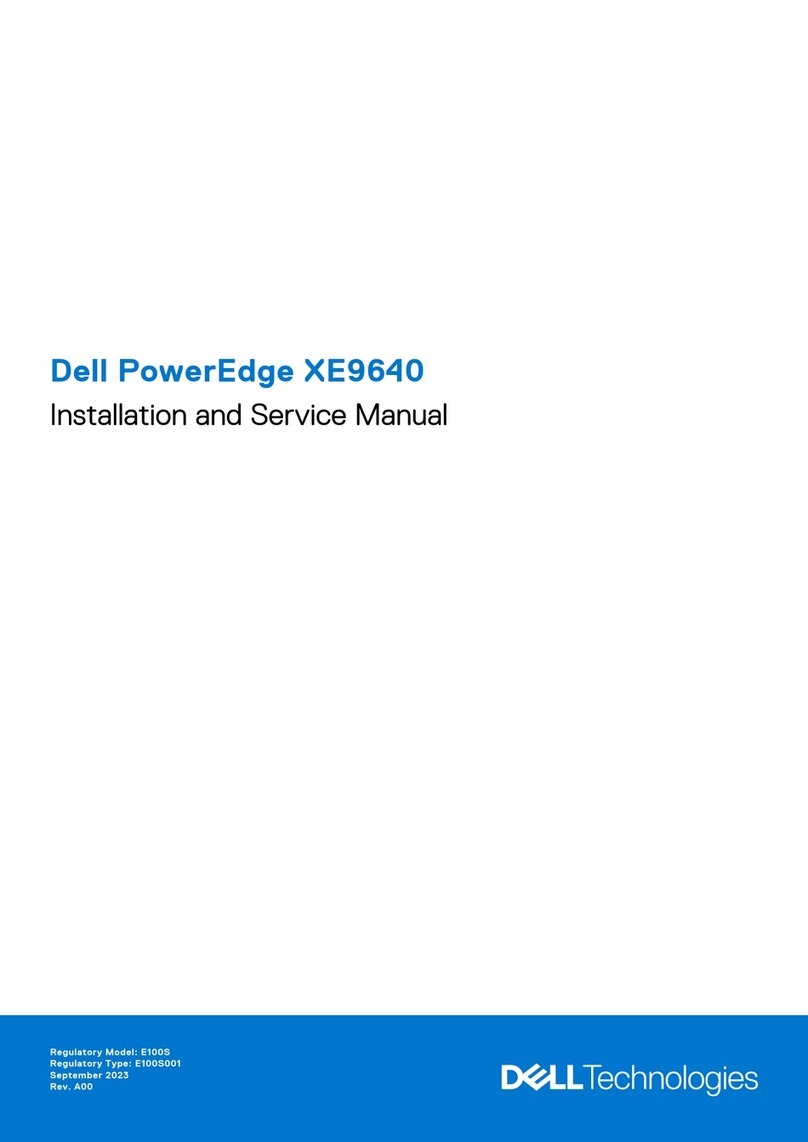·Verify that the AC power supply branch circuit that provides power to the
rack is not overloaded. This will reduce the risk of personal injury, fire, or
damage to the equipment. The total rack load should not exceed 80 percent
of the branch circuit rating. Consult the electrical authority having jurisdiction
over your facility wiring and installation requirements.
·When use 100V-127VAC input: The system does not support redundant
PSU operation if the total system load exceeds 20A.
Equipment Power Cords
·Use only the power cords and power supply units provided with your
system. The system might have one or more power cords.
·Plug the power cord into a grounded (earthed) electrical outlet that is easily
accessible at all times.
·In all European electrical environments, you must ground the Green/Yellow
tab on the power cord. If you do not ground the Green/Yellow tab, it can
cause an electrical shock due to high leakage currents.
·Do not place objects on AC power cords or cables. Arrange them so that no
one might accidentally step on or trip over them.
·Do not pull on a cord or cable. When unplugging from the electrical outlet,
grasp the cord by the plug.
·To reduce the risk of electrical shock, disconnect all power cords before
servicing the appliance.
Equipment Batteries
·The system battery contains lithium manganese dioxide. If the battery pack
is not handled properly, there is risk of fire and burns.
·Do not disassemble, crush, puncture, short external contacts, or dispose of
the battery in fire or water.
·Do not expose the battery to temperatures higher than 60°C (140°F).
·The system battery is not replaceable. If the battery is replaced by an
incorrect type, there is danger of explosion. Replace the battery only with a
spare designated for your product.
·Do not attempt to recharge the battery.
·Dispose of used batteries according to the instructions of the manufacturer.
Do not dispose of batteries with the general household waste. To forward

